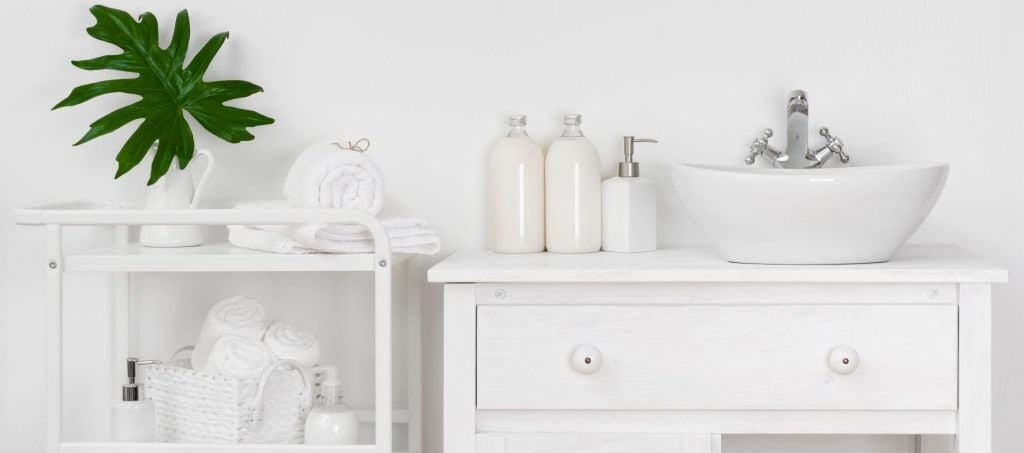Question: I recently heard about paint that kills bacteria. Is it available for home use?
Answer: Yes. In this age of germ hyper-awareness, many people are looking for more options other than disinfectant sprays and wipes to keep their homes free of bacteria and viruses. Sherwin-Williams’ Paint Shield Microbicidal Paint has been used in hospitals, locker rooms and assisted living facilities, and is available for residential use.
The first EPA-registered paint that kills greater than 99.9% of bacteria, Paint Shield offers an additional way to help prevent the spread of disease-causing bacteria on high-traffic/high-touch painted surfaces. While there are antimicrobial and antibacterial coatings available on the market, Paint Shield is the first microbicidal paint available.
They claim that in just two hours, the painted surface kills bacteria, helping to prevent the spread of infections like Staph, MRSA, E. coli, VRE, and other bacteria to ensure a clean and sterile space.
Paint Shield comes in 550 colors including the popular eg-shel finish, a low-gloss, eggshell, low sheen, satin, velvet with a low to medium reflection when dry. It can be applied just like any other interior paint on any ceilings, walls, doors, and trim throughout your house. Joe Campbell, owner, Arizona Painting Company, a Rosie-certified partner in Tucson and Chandler, notes this paint should only be applied via brush and roller.
“The feedback we’ve received from homeowners has been great,” he says. “The paint holds up very well. Fingerprints clean up easily.”
Consider this paint for your kitchen, bathroom and kid’s play areas to ensure long-lasting protection for your family. Find it at your nearest Sherwin-Williams store, or contact Arizona Painting Company.
Q: Is there a difference between “antimicrobial,” “antibacterial” and “microbicidal?”
A: Yes, there is a difference. The terms “antimicrobial,” “antibacterial,” and “microbicidal” can be confusing to understand. Sherwin-Williams explains.
Antimicrobial agents in paints inhibit the growth of microorganisms such as mildew and mold that can stain and deteriorate a coating over time. Antimicrobial agents also inhibit bacterial odor growth.
Meanwhile, antibacterial agents in paint inhibit the growth of bacteria only. In paints, antibacterial agents protect just the paint film itself.
Finally, microbicidal compounds go a step further by actively killing a broad array of microscopic organisms, including both bacteria and other infection-causing microorganisms.
Q: Is microbicidal paint tested for effectiveness?
A: Yes. Because Paint Shield’s microbicidal properties required the product to be registered with the U.S. Environmental Protection Agency, they undergo comprehensive third-party testing. To properly test Paint Shield, the EPA turned to regulated, third-party labs, as it routinely does as part of its procedures. In the case of Paint Shield, the testing protocol and results were as follows:
Longevity test — This test measured Paint Shield’s ability to kill pathogens over time. Results showed that Paint Shield remains effective for up to four years if surface integrity is maintained.
Continuous kill test — This test, which repeatedly exposed test panels to pathogens, recorded Paint Shield continuously killing bacteria at a rate of 90%.
Washability test — This test exposed test panels to cleaning products and protocols common to health-care facilities. It found that Paint Shield Microbicidal Paint passed vigorous washability tests, which exposed both kinds of test panels to cleaning products and protocols typically used in health-care facilities according to CDC guidelines. Additional within-claim and continuous-kill tests validated the claim after application of the cleaners and a scrub test.
Toxicological review — Finally, the lab reviewed Paint Shield’s entire formula, including raw materials. This ensured all product components are on the EPA inert ingredients approved list and comply with human health and environmental guidelines. The toxicological review verified that all the components in the product are EPA approved and are in compliance with human health and environmental guidelines.





